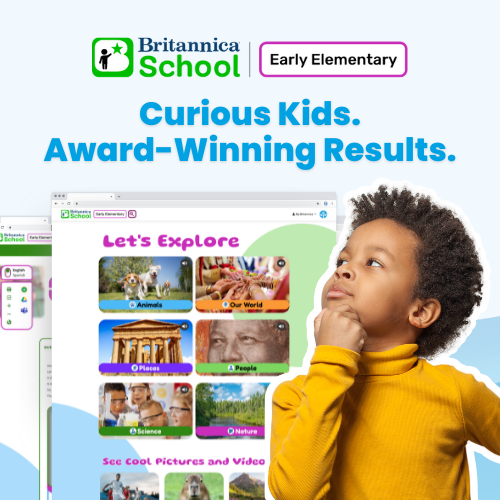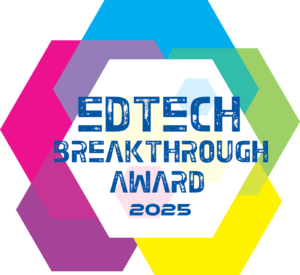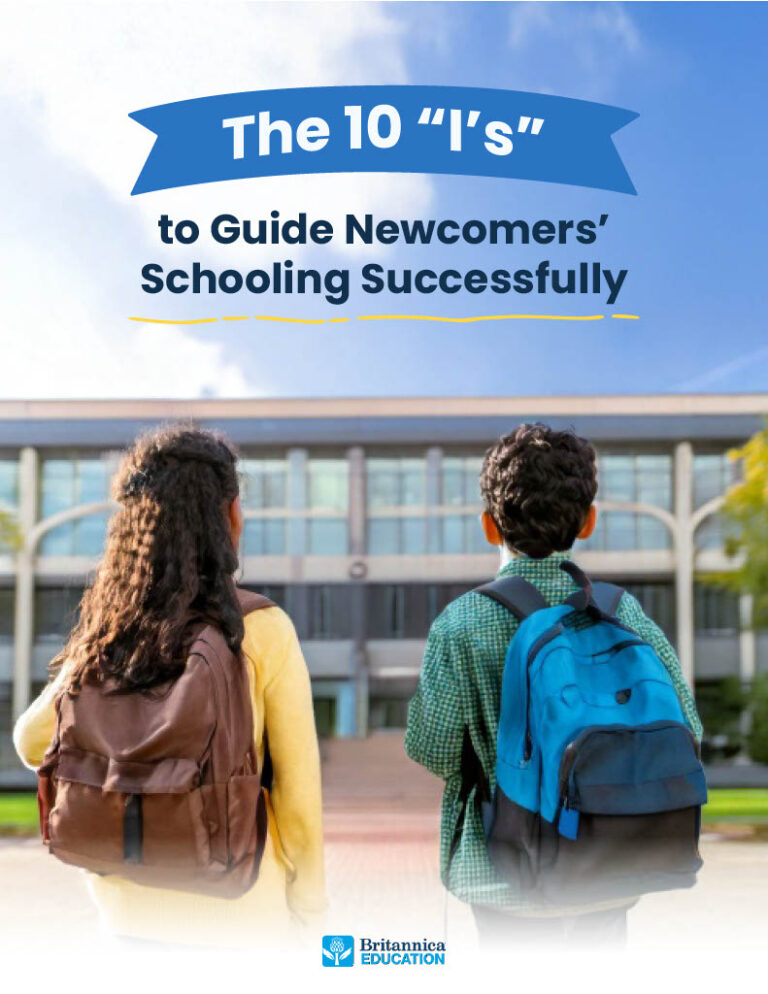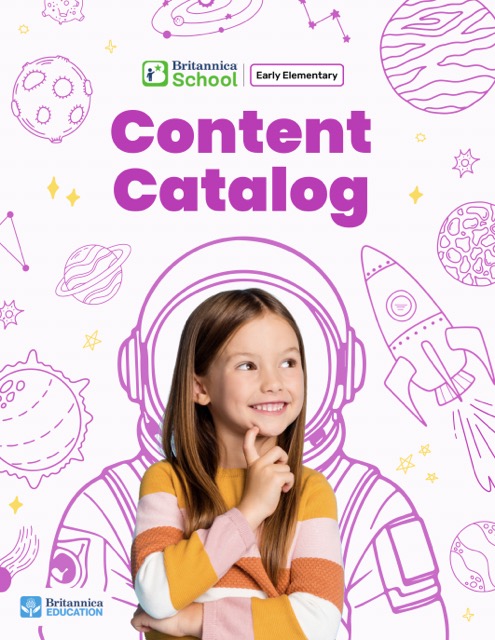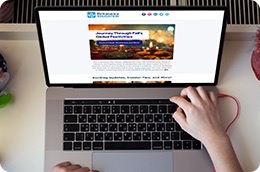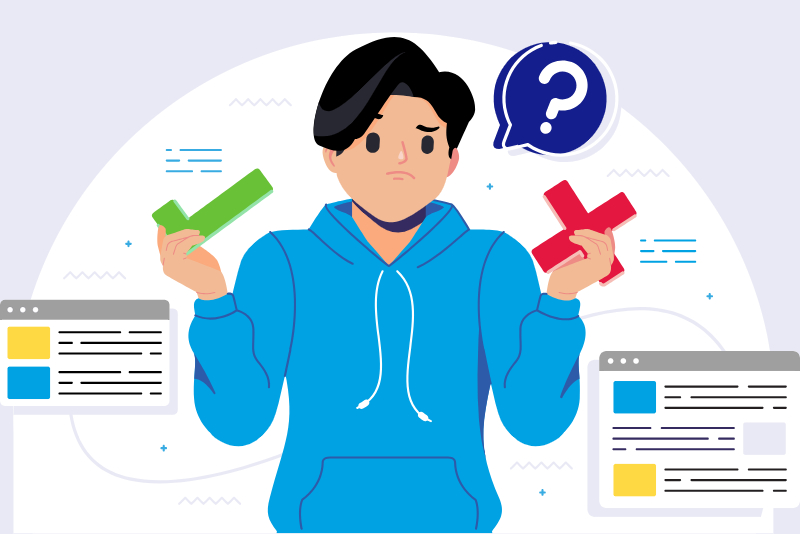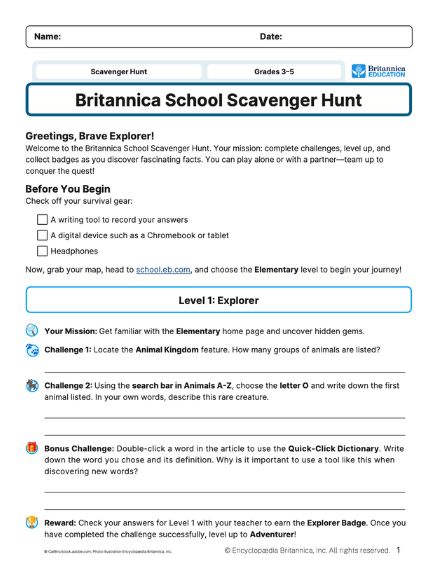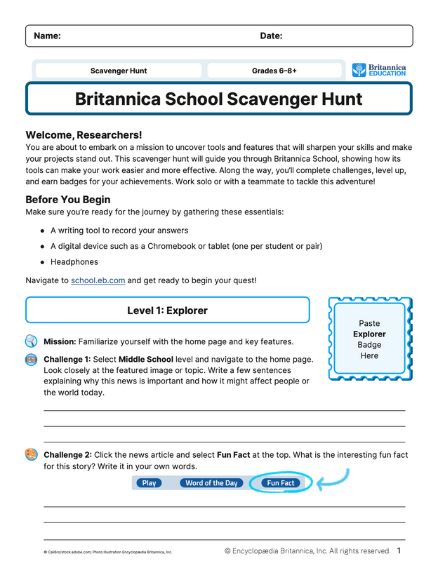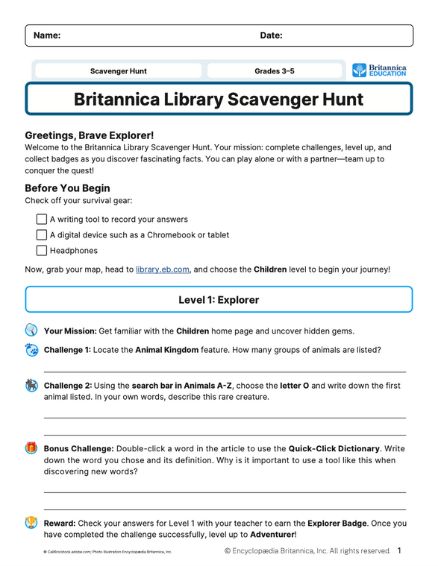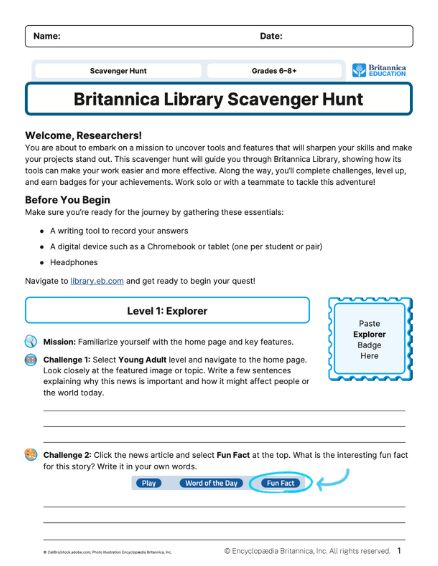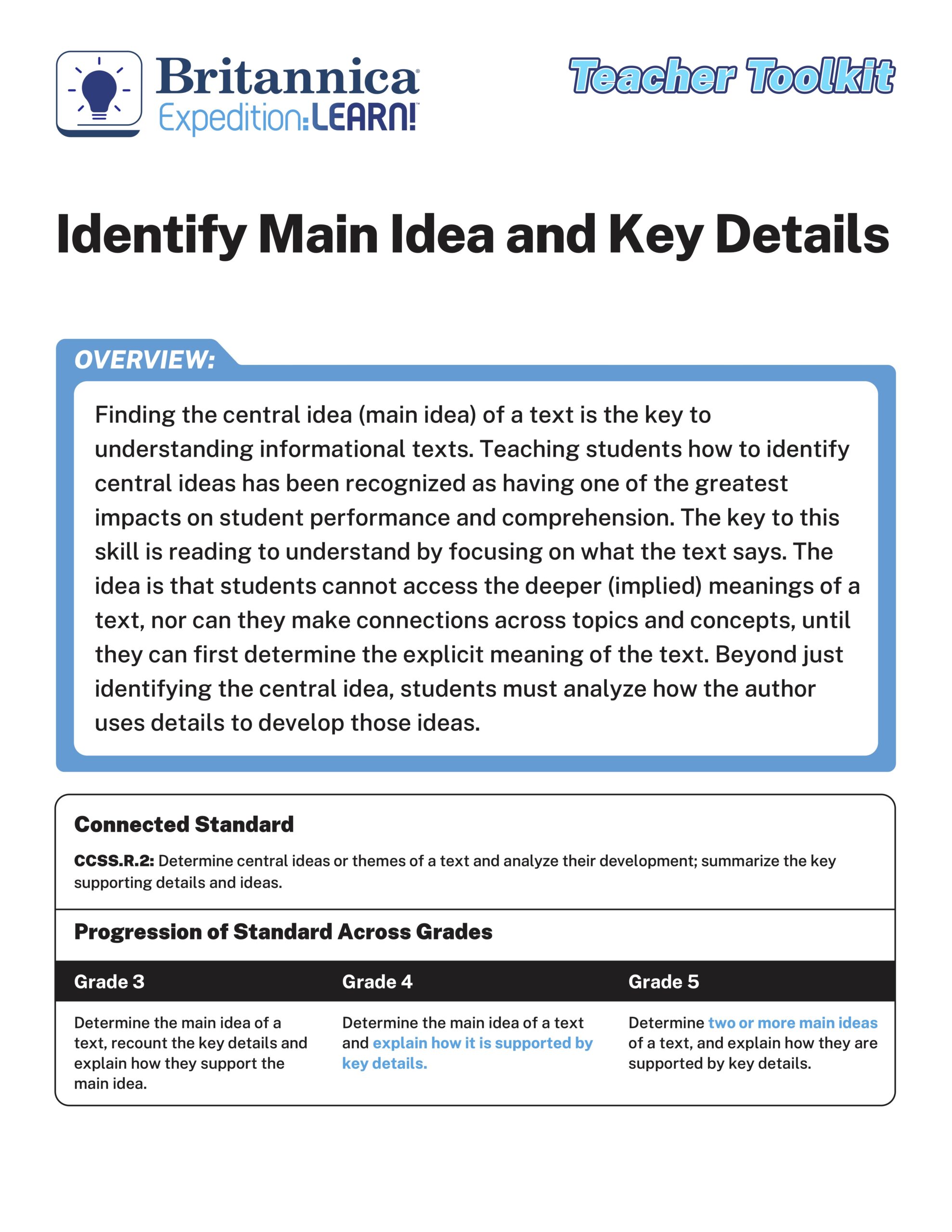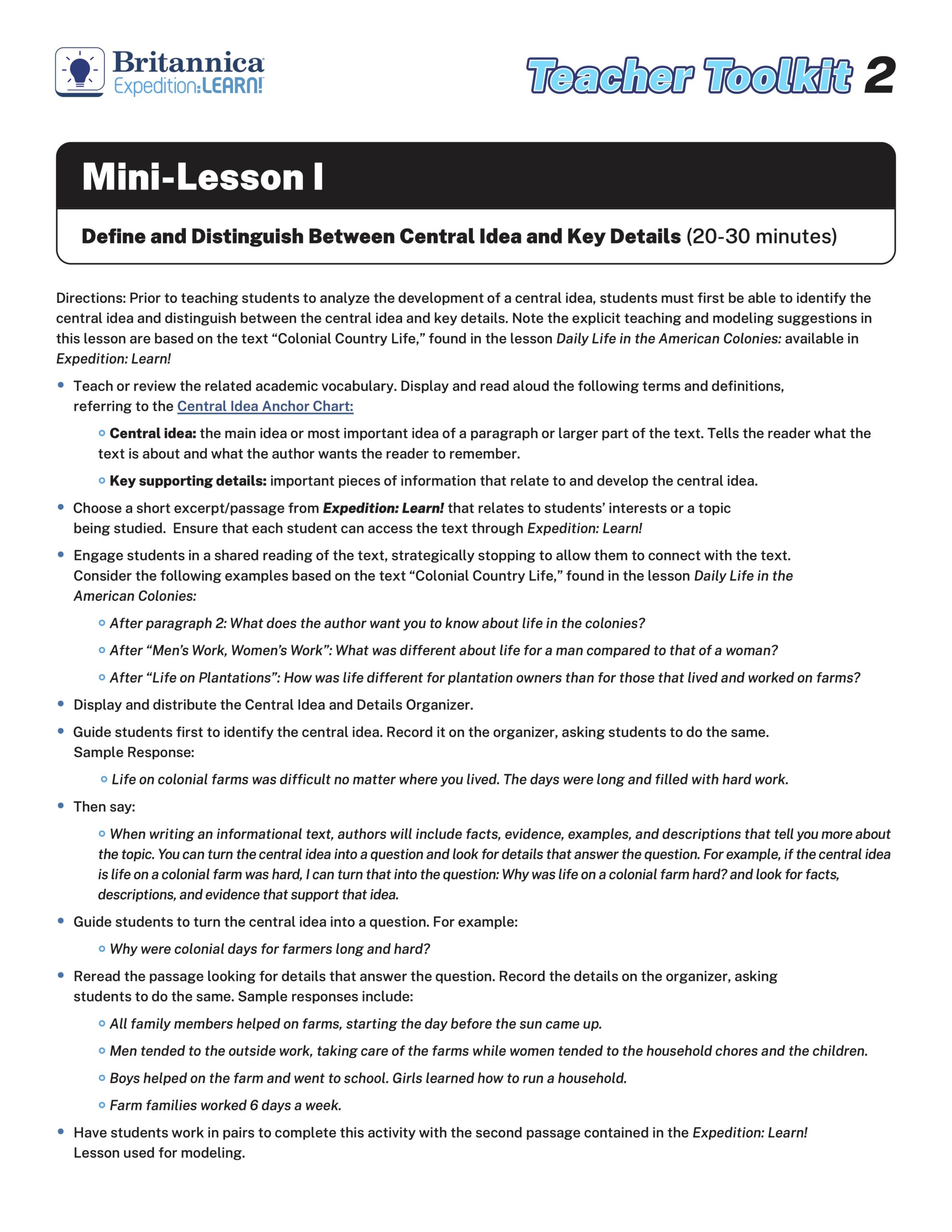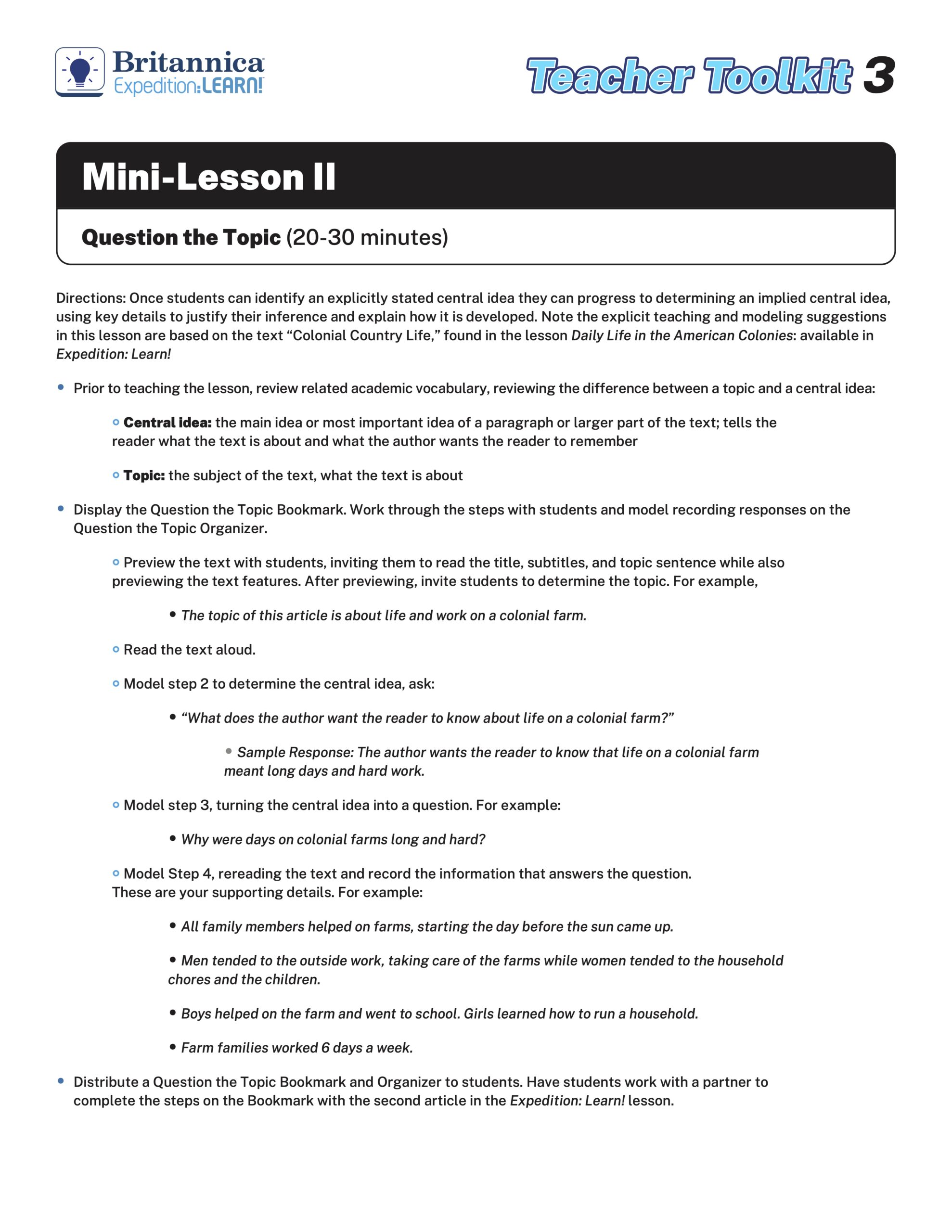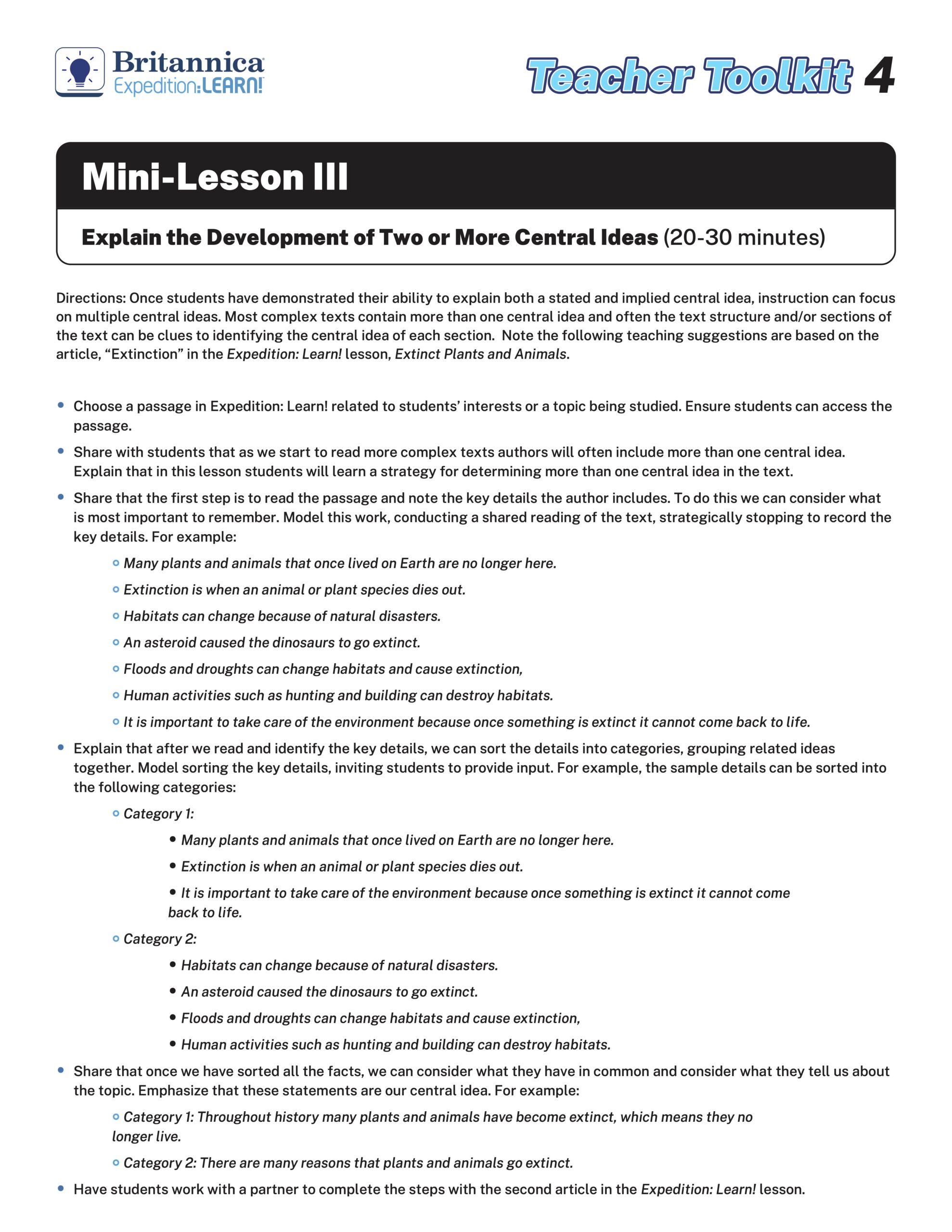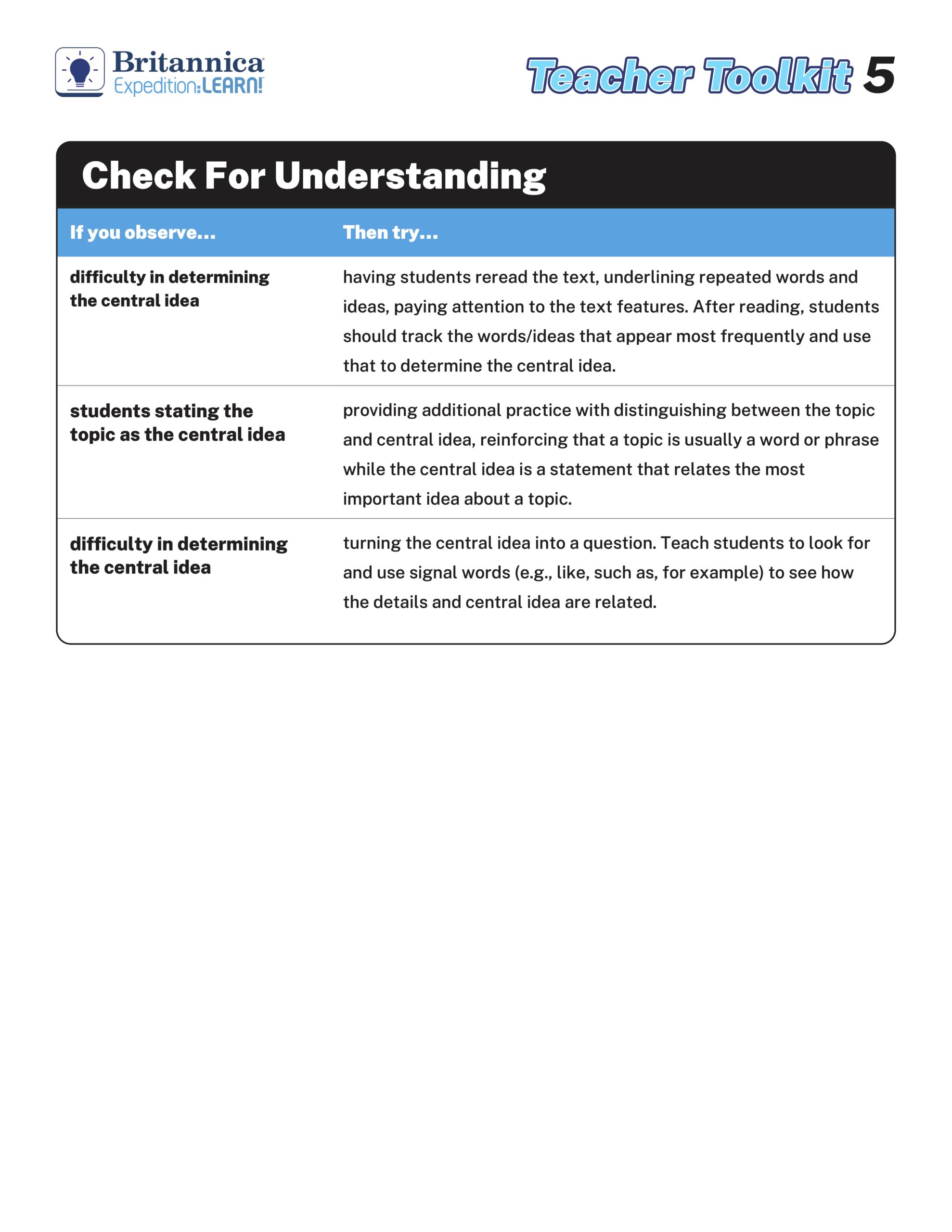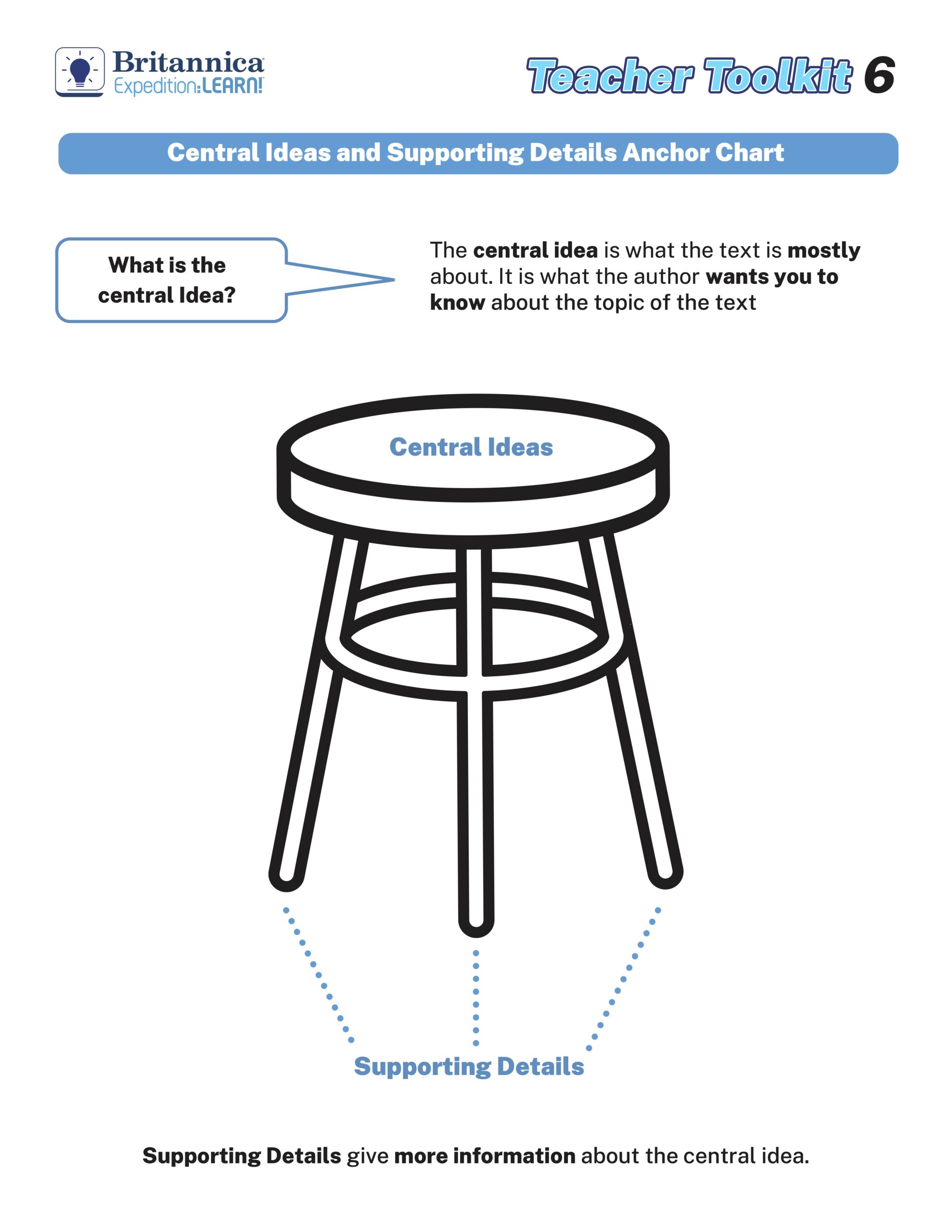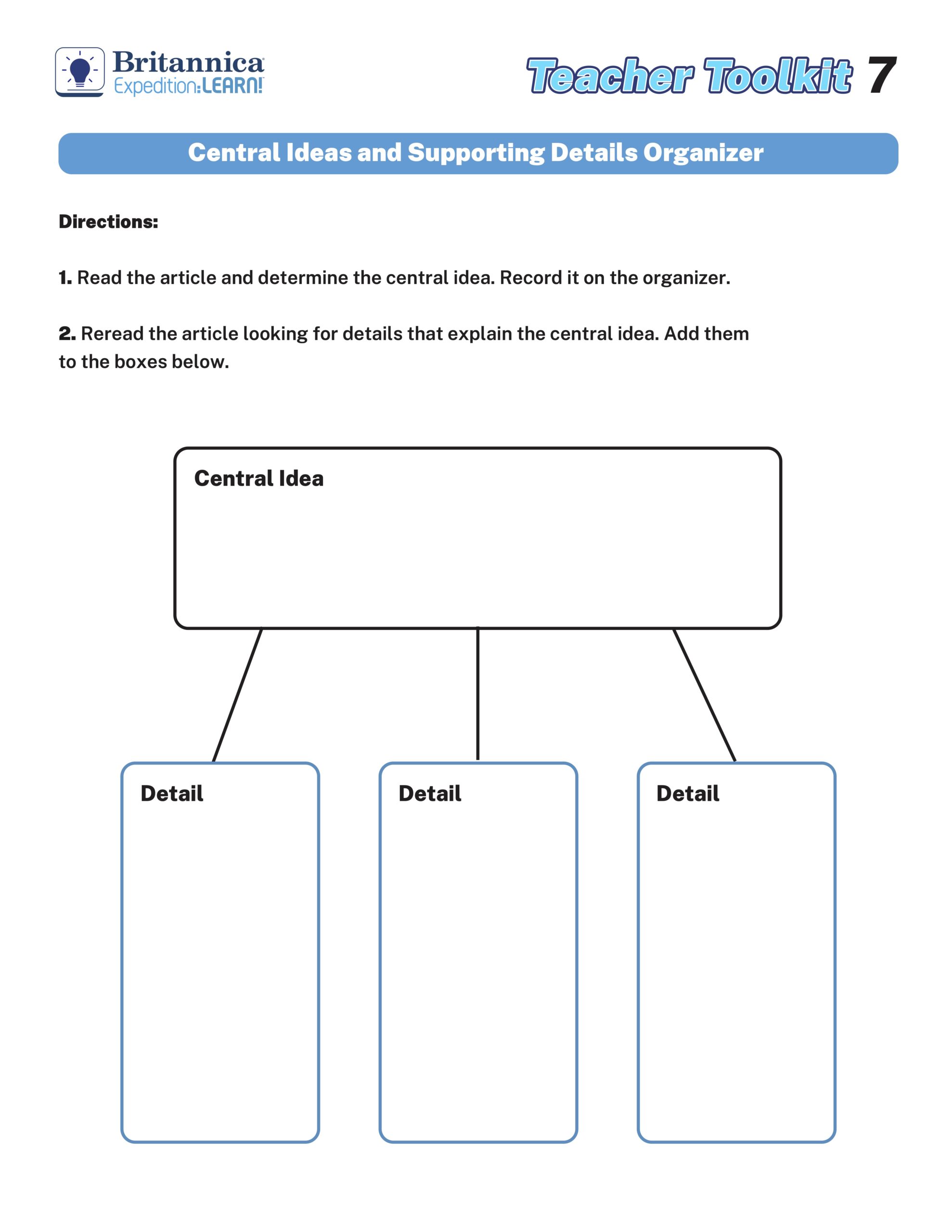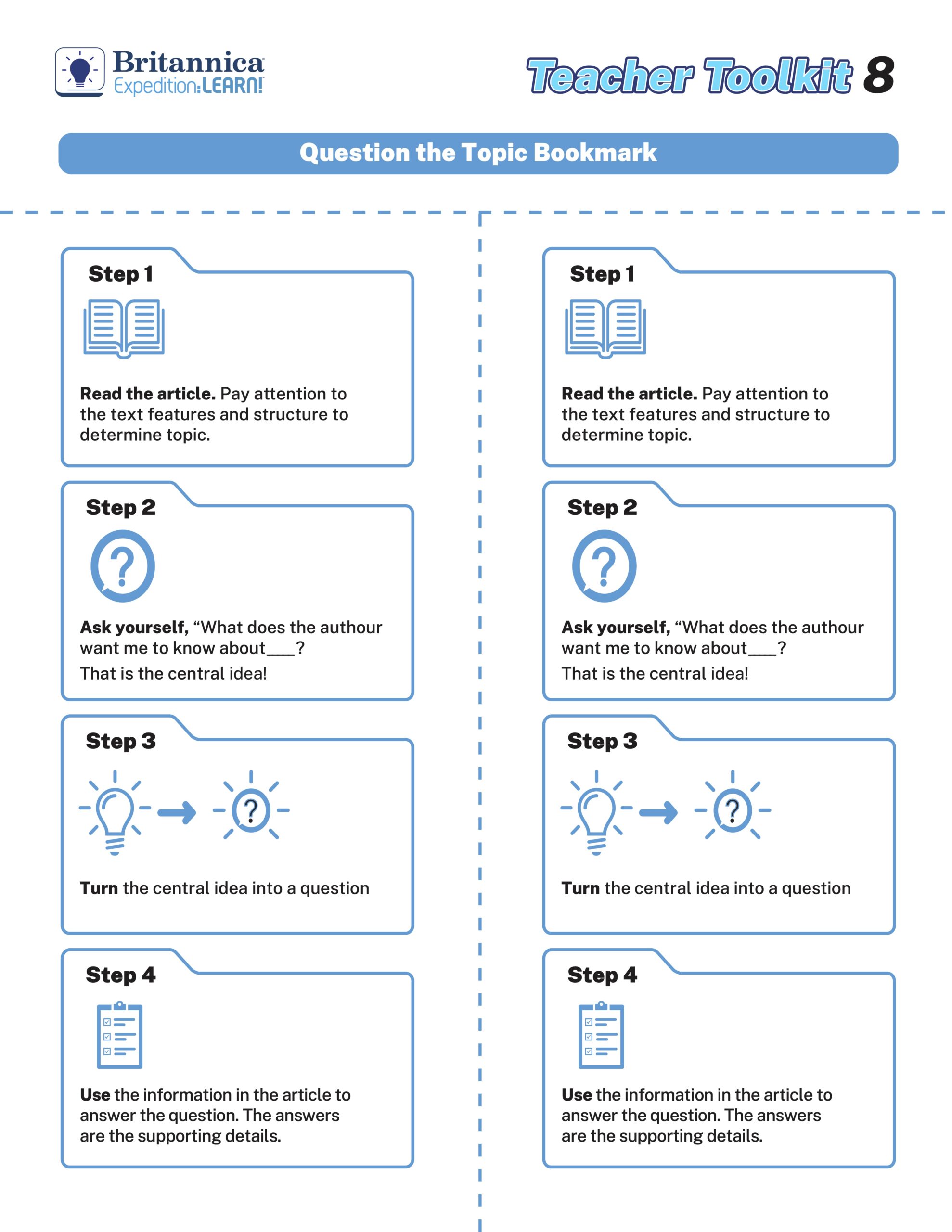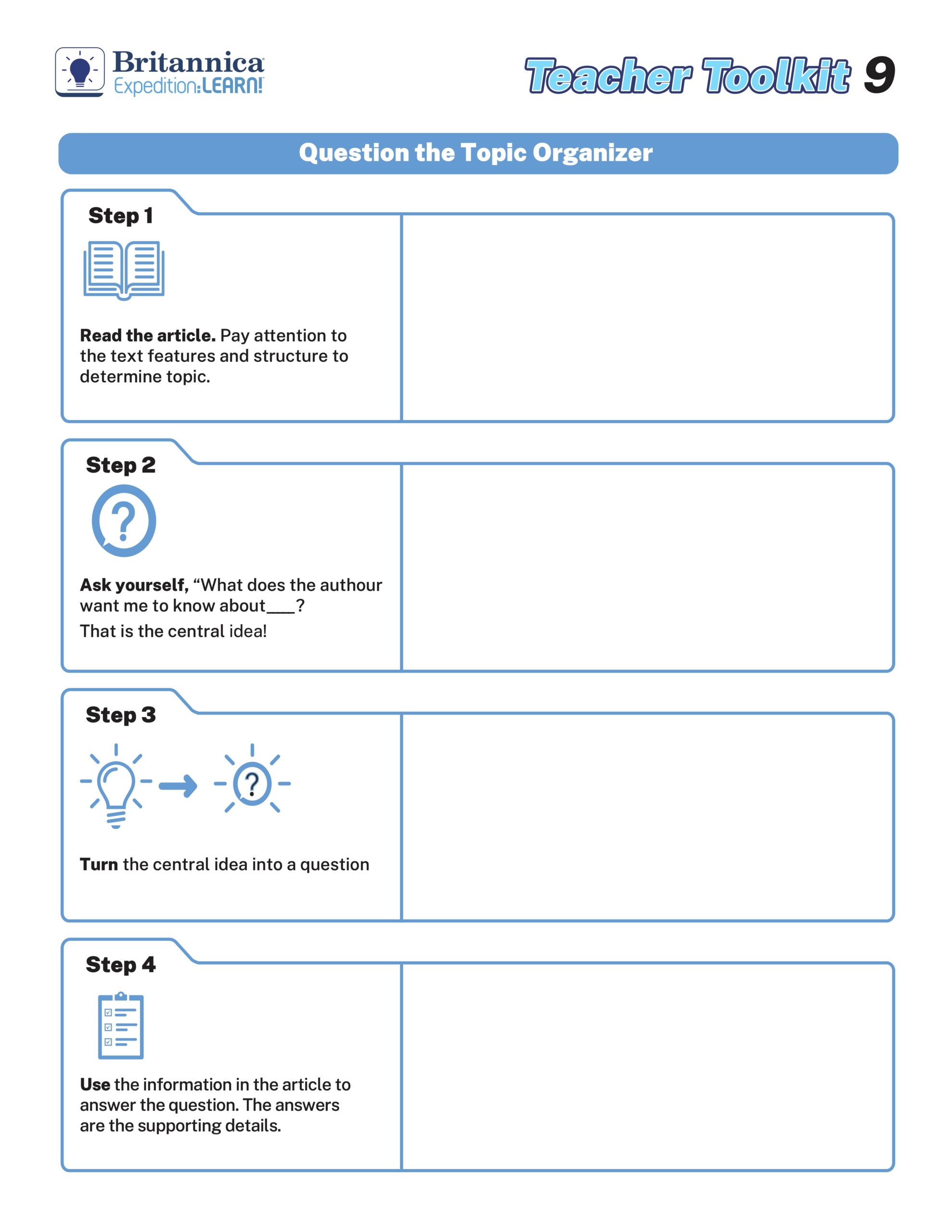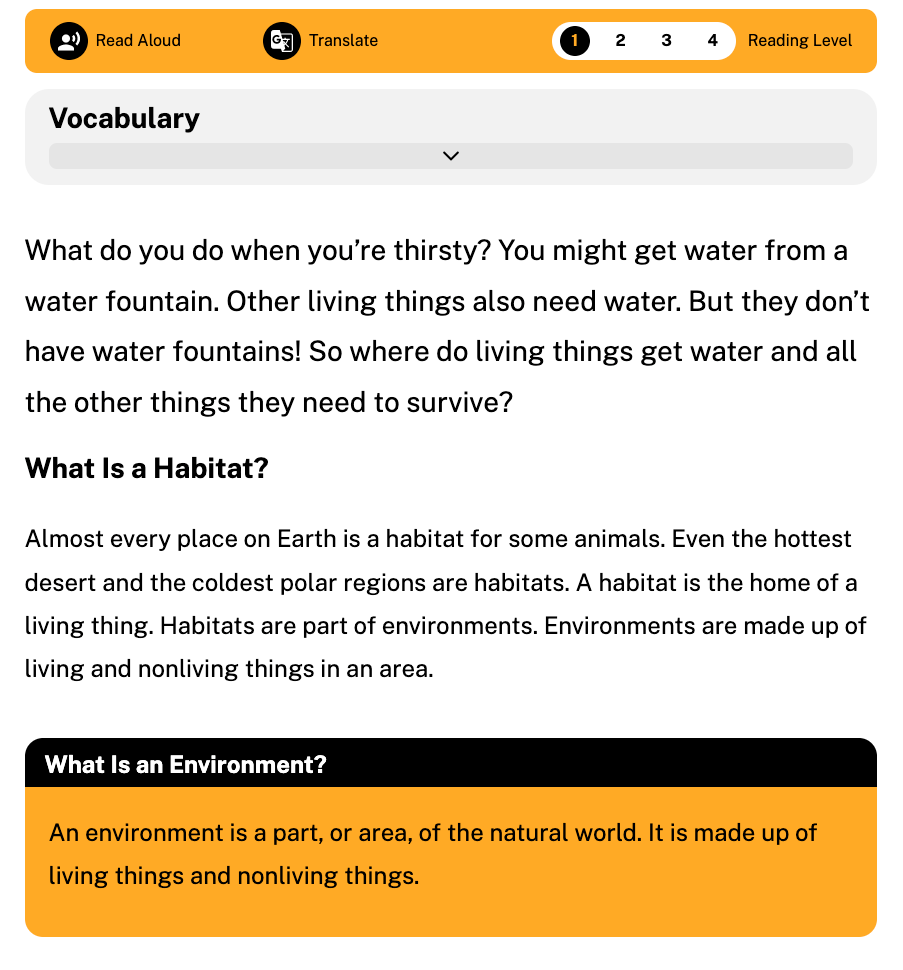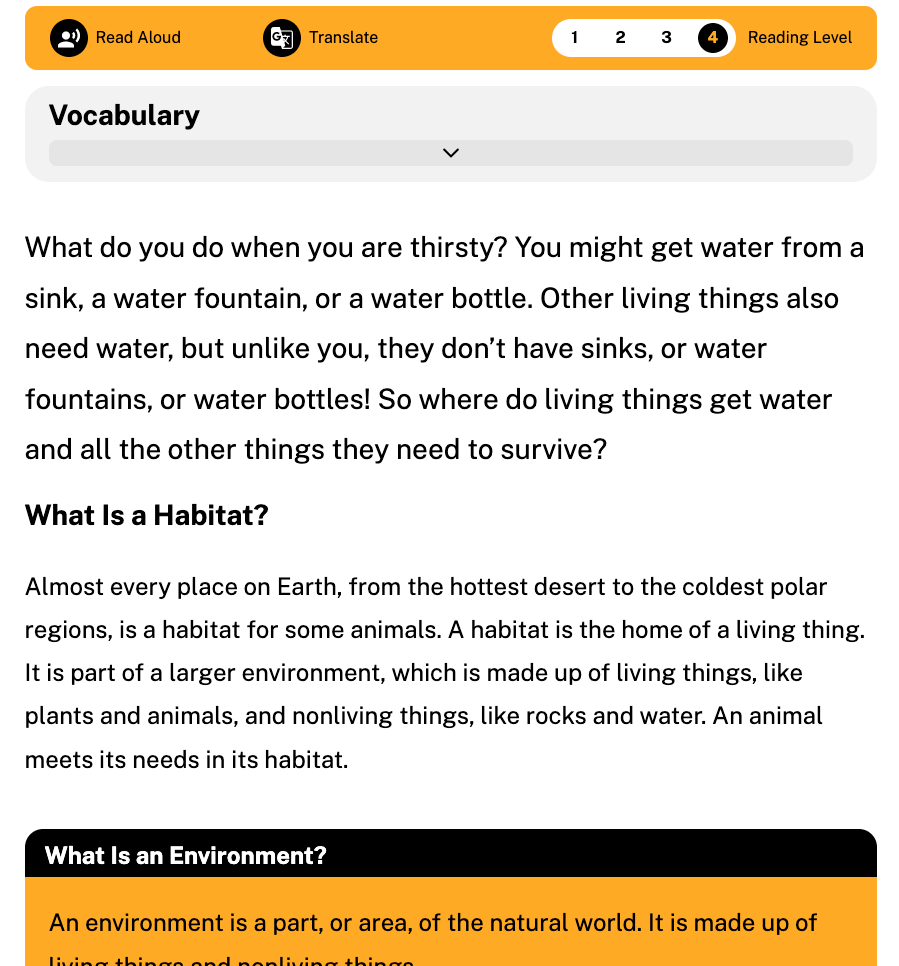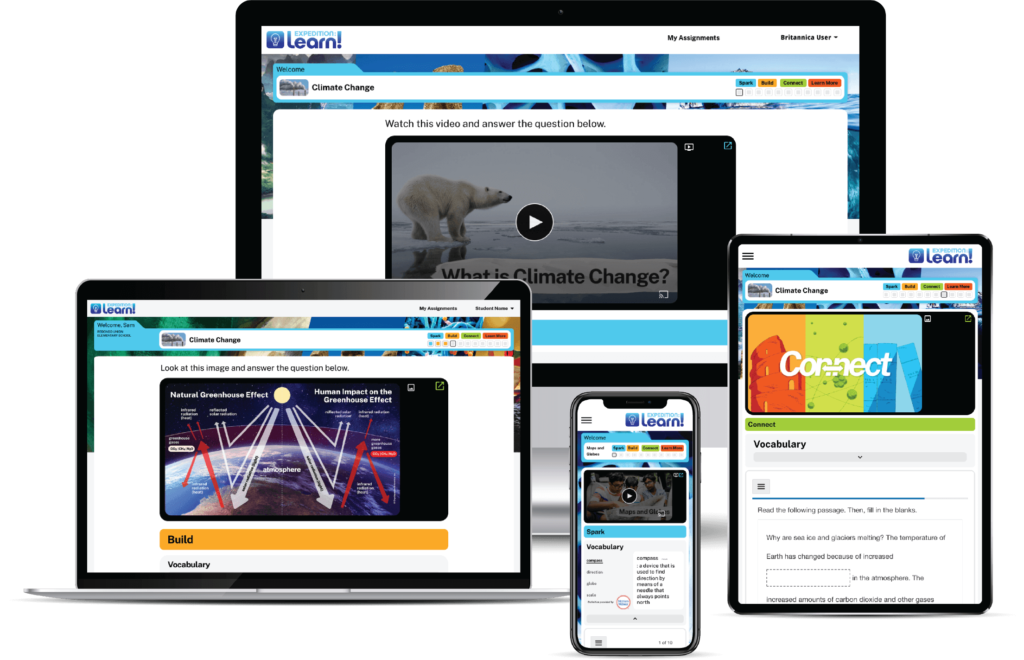In today’s digital world, students are flooded with content the moment they open a browser. As AI-generated answers and clickbait headlines increasingly shape what they see, one question keeps rising to the top for educators: How do we help students learn what—and who—to trust?
At Britannica Education, we believe the answer starts early.
1. Curiosity Should Start with Credibility
When children first ask “Why do leaves change color?” or “Where does the sun go at night?” they’re not just being curious; they’re beginning their journey as learners. These first moments matter. They’re when students start to form habits around how they learn, where they go for answers, and what they believe.
That’s why we built Britannica School: Early Elementary to be a place where curiosity meets credibility—where facts are clear, content is age-appropriate, and learning is joyful and safe.
2. The Challenge of Trust in a Noisy World
As Chief Product Officer, I’ve seen the shift happening fast. Students are growing up with AI tools that can produce information on demand—but not always with context, accuracy, or source transparency. For young learners, this can make everything seem equally trustworthy… and equally disposable.
We’re not here to compete with AI. We’re here to complement it by giving students a foundation of fact-based knowledge they can use to evaluate the world more critically, responsibly, and independently.
3. Designed with Educators in Mind
We built Britannica School: Early Elementary not just for students but for the educators who guide them. Teachers told us they needed nonfiction that was engaging, inclusive, and ready to use. Librarians asked for resources that support digital literacy, multilingual learners, and equity.
That’s why every article, video, and activity in Britannica School is leveled, standards-aligned, and built for real classrooms. And it’s why we’re honored to share that Britannica School: Early Elementary was just named Overall Early Childhood Education Solution of the Year by the 2025 EdTech Breakthrough Awards.
4. Trust Is the Foundation
When we talk about lifelong learning, it’s easy to focus on content or test scores. But trust is the real foundation. If students learn to ask good questions—and know where to turn for good answers—we’ve given them something far more lasting than a single lesson or a digital tool.
So, what does award-winning early learning look like?
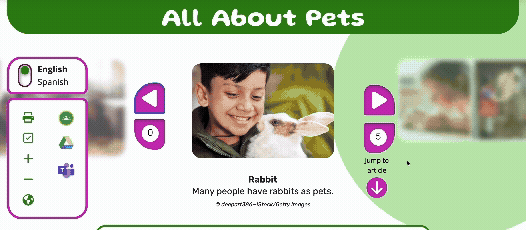
Engaging Nonfiction
While all content is verified and accurate—it’s also a delight to discover new information and keep students invested.
Age-Appropriate Media
At this age, visual learning is vital to enhancing comprehension and driving motivation. Choice of images, videos, and even platform design were all chosen with young children in mind.
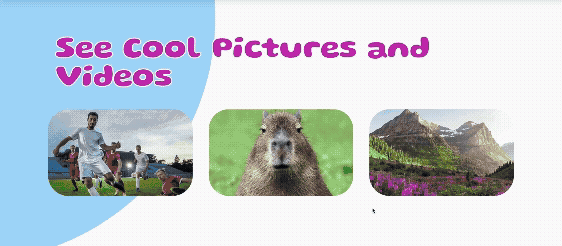
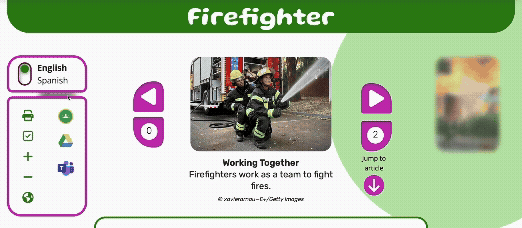
Native Spanish Translation
Spanish-speaking students can simply flip a switch to transform articles to the language they know best.
Built-in Navigation
Teach students the importance of citations. Share discoveries via Google Classroom, Google Drive, Microsoft Teams, or classic print copies. Or, make Britannica School work for students; zoom and translation features can be a huge stepping stone for understanding.
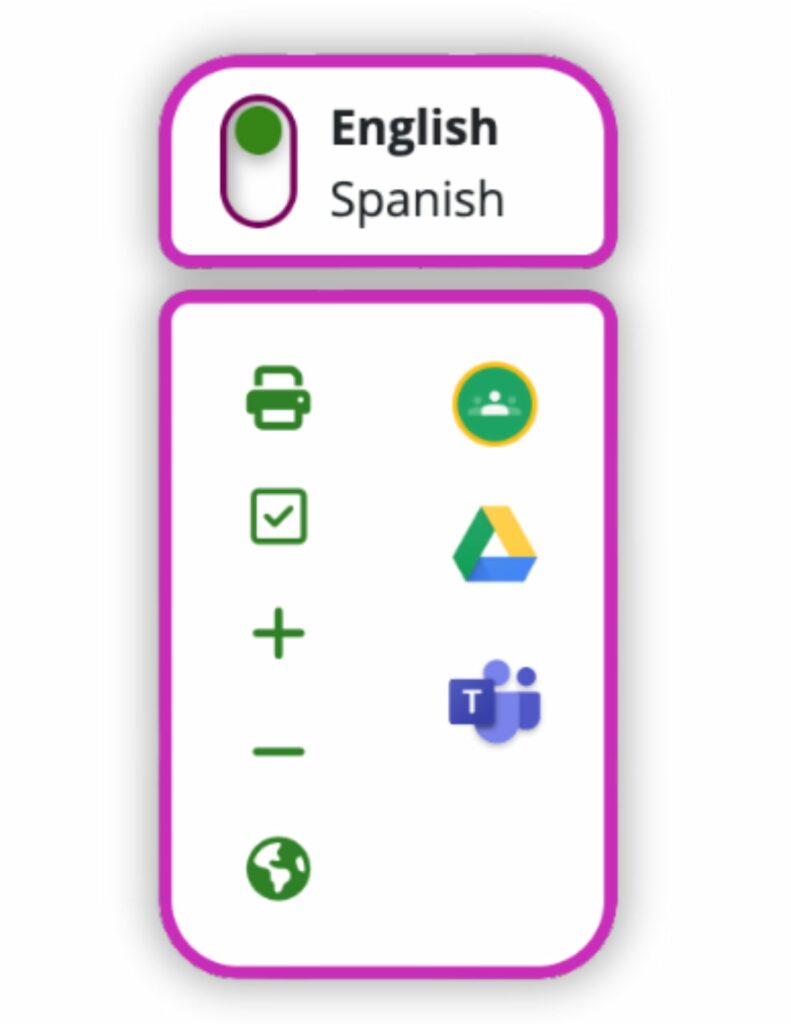
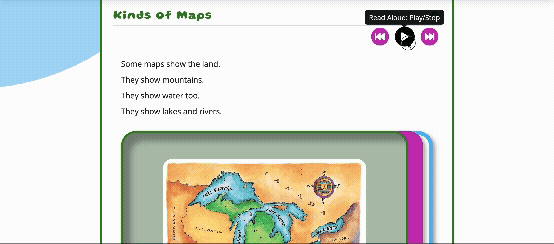
Literacy Assistance
Support independent learning with read-aloud, word-by-word highlighting, and a quick-click Merriam-Webster dictionary.
Educator Developed, Britannica Verified, Consistently Refreshed
We are so proud of all Britannica School: Early Elementary has accomplished so far—and even more excited for what is to come. The rest of 2025 will see us adding even more new content as we strive to support schools in the earliest—and most important—stages of learning.
At Britannica, we like to say, “When curiosity leads, learning follows.” But we also know that trusted content has to lead the way.


